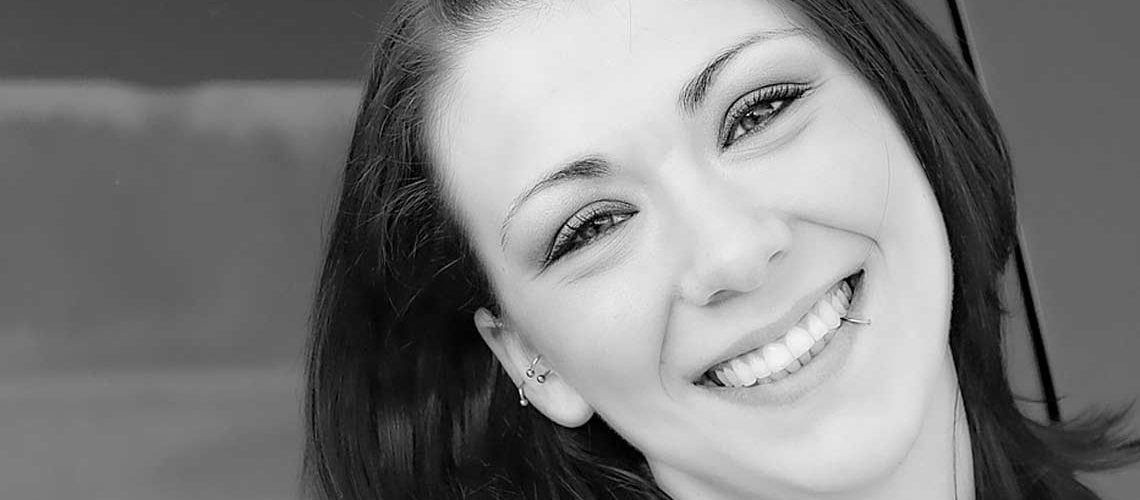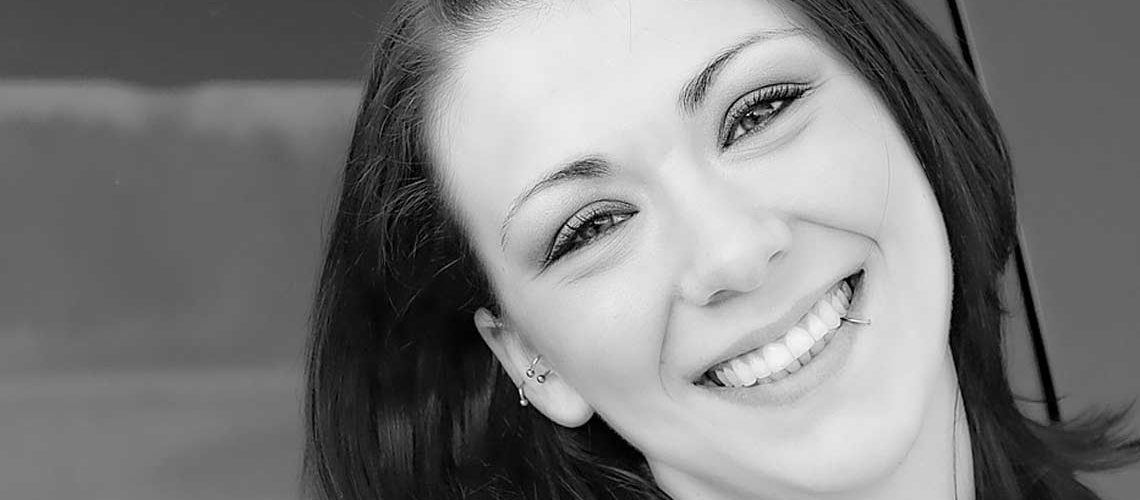
The Netherlands, made it possible for patients with a toothless mouth or with worn jaws to get a 3d printed denture that fits perfectly thanks to 3d prepping. The first results of patients getting a fully 3d printed prosthesis are spectacular. The technology enables patients to receive their personal prosthesis six months earlier than they would using the old techniques.
The Radboudumc is using this 3d method since November 2014. The initial stage of the operations for the 3d teeth is the same as it used to be, Gert Meijer explains: ‘To build up the damaged upper jaw, we first take bone out of the iliac crest of the patient which we then attach to the upper jaw piece by piece to grow enough bone volume after a period of six months. During the second operation, we place six implants – screws – in the rebuild upper jaw on which we then ‘click’ the 3d printed prosthesis.’
This immediate placement of the prosthesis is possible because the engineers at the new 3D-lab can make implant plannings accurately to the tenth of a millimeter. This helps placement of the implants to be more successful than with ‘standard’ planning. The 3d printer can print the prosthesis exactly like the 3d planning is. That way the prosthesis can be places in the same session as the implants.
The result is a time saving of six months combined with a much greater precision and quality of the implant placement. Feedback from patients shows that they are very enthusiastic about their 3d printed prosthesis. Besides shorter treatment, they also experience a greater security about the attachment of the prosthesis.
Credits: All content taken from www.3dprinting.com

